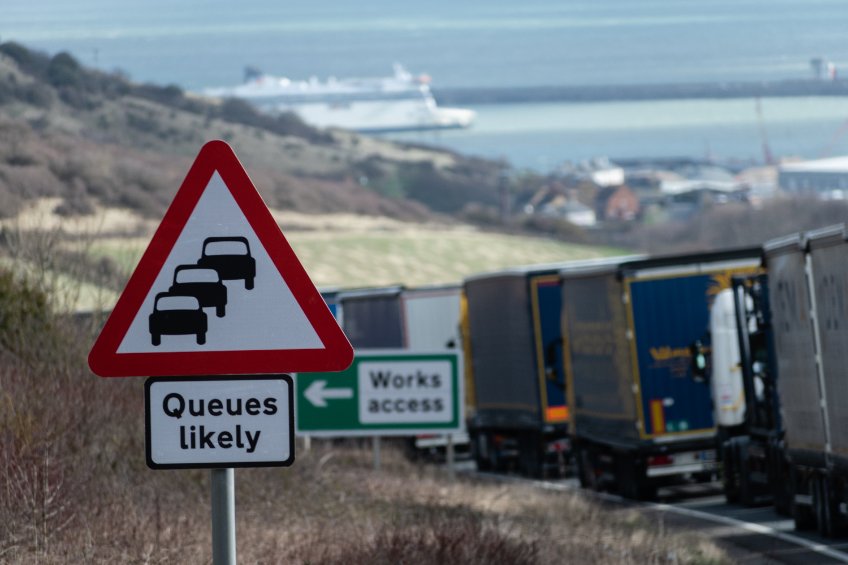
The government’s post-Brexit border control regime has created uncertainty and an increase in disease risk, the National Audit Office (NAO) has concluded.
The UK's independent public spending watchdog has slammed the way the Border Target Operating Model has been implemented.
The government originally intended to introduce the full import control regime on 1 January 2021.
However, NAO concluded that more than three years after the end of the transition period, full import controls are still not in place.
"In addition, the model’s operation is still to be tested and the government may not be able to apply controls consistently as the controls are phased in," it said.
It warned that the UK has faced an increased biosecurity risk as a result of the phased approach to introducing full import controls.
Government departments have assessed that disease risk to the UK has risen since the end of the transition period, NAO said.
The UK losing access to EU surveillance and alert systems also "reduces its awareness of impending threats," such as the growing problem of African swine fever (ASF) in Europe.
The report discussed the government’s intention to apply new import controls ‘flexibly’ while Port Health Authorities and local authorities recruit and train staff, and while traders adjust.
It said: “While the government intends to scale up checks on a national basis, there is likely to be a period during which different levels of control and checking are operating at different ports.
"Stakeholders told us that they were concerned this could divert trade flows to the entry point of least resistance."
The report highlighted government estimates that it will spend at least £4.7 billion to implement new border arrangements.
The government’s new border target operating model should reduce costs to traders in comparison to its initial plans, NAO said.
However, repeated delays in implementing controls have meant "ongoing uncertainty and an increase in risk, and the government and border stakeholders have also incurred unnecessary costs."
“This could have been avoided if the government had established a clearer vision of how the border should operate from the start, and had taken a more strategic and planned approach to implementation," the report said.
NAO noted that changes in direction about the introduction of import controls have resulted in the government spending money on infrastructure and staff that were ultimately not needed.
For example, the government procured or built sites at Dover White Cliffs and Dover Bastion Point at a combined cost of £62 million.
However, it subsequently decided they were not required when it adopted the new risk-based import control regime for sanitary and phytosanitary (SPS) goods, which reduced the volume of goods which required checking.
HMRC also spent £258m between 2020-21 and 2023-24 on building and running eight temporary border facilities to cope with additional demand which did not fully materialise.
